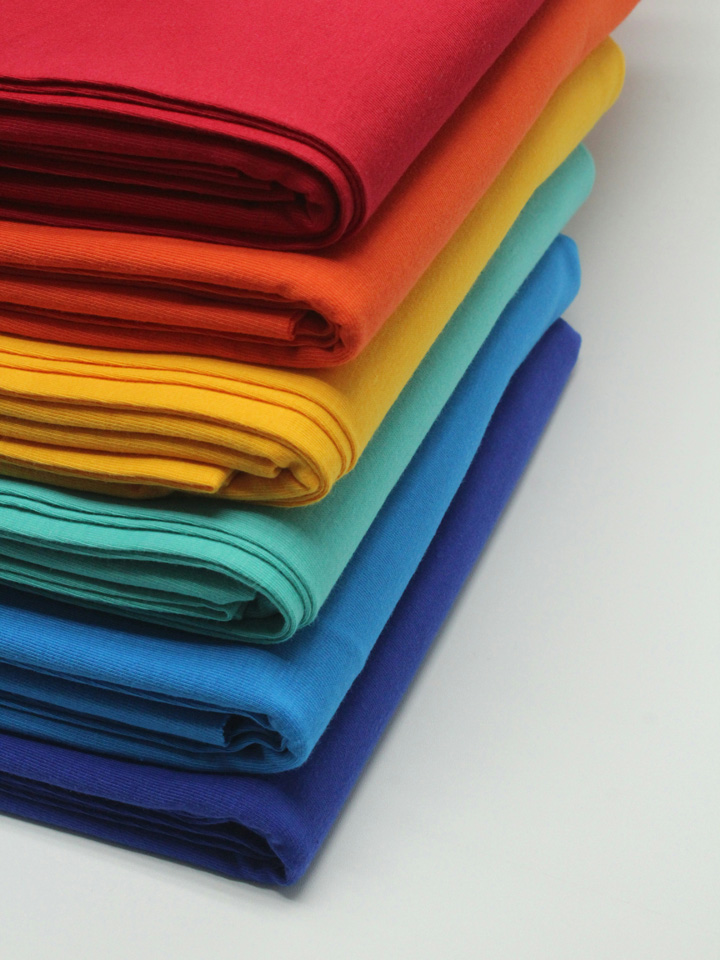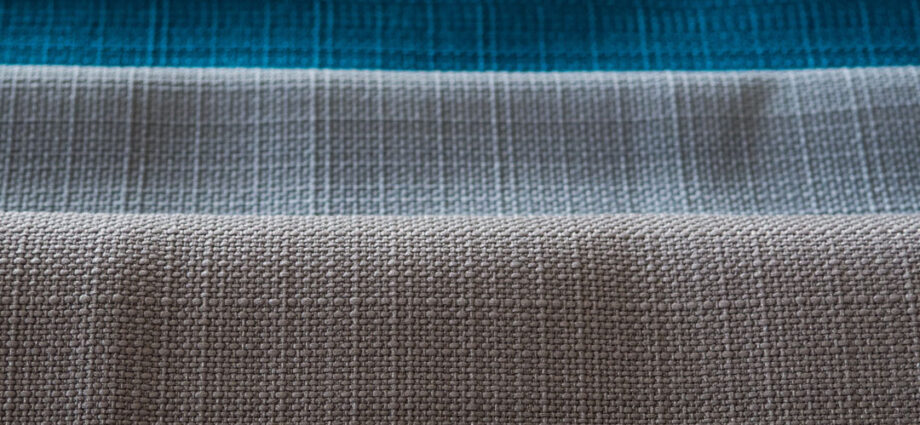What Is Textile ?
Textiles are a set of materials fundamentally created or produced from fibers. Fibers are the basic building blocks of textiles, and they can be derived from natural sources like cotton, wool, silk, or flax, or they can be synthetic, such as polyester, nylon, or acrylic.

Basic Understanding
Textile, Originating from the Latin verb ‘texere’, meaning to weave, it has evolved into a general term for any manufacture from fibers, filaments, or yarns characterized by flexibility and fineness. Now a vital elements of human lifestyle, they hold immense significance in our daily lives, serving purposes such as clothing, warmth, and personal adornment. Today, textiles are omnipresent in various forms, reaching consumers through a supply chain involving manufacturers, buyers, and end-users.
Whether homemakers, dressmakers, or students pursuing occupations related to textiles, everyone plays a role as an ultimate consumer. The term “textile,” initially referring only to woven fabrics, now encompasses fibers, yarns, and finished products.
The textile manufacturing process involves stages like spinning, weaving, knitting, processing, and garment manufacturing. Understanding these processes is essential for ensuring the quality of the final textile product, which remains the basic raw material for garments in today’s pursuit of high-quality goods.
Materials of Textile
The foundational materials of textiles are Fibers. Fibers are slender, thread-like structures that can be spun into yarn and then used to create fabrics. There are two main types of fibers
- Natural Fibers:
These are derived from plants, animals, or minerals. Examples of natural fibers include cotton (from the cotton plant), wool (from sheep), silk (from silkworms), and flax (from the flax plant). - Synthetic Fibers:
These are man-made fibers created through chemical processes. Examples of synthetic fibers include polyester, nylon, and acrylic. These fibers are often used in the textile industry due to their specific properties, such as durability, resistance to wrinkles, and versatility.
Types of Textile
Textiles can be categorized into various types based on their structure, usage, and manufacturing processes. Here are some common types of textiles:
- Woven Textiles:
- Created by weaving yarns together on a loom.
- Examples include cotton, denim, and wool fabrics.
- Knitted Textiles:
- Produced by interlocking loops of yarn.
- Common in items like sweaters, socks, and T-shirts.
- Non-woven Textiles:
- Made from fibers bonded together rather than woven or knitted.
- Examples include felt and some types of geotextiles.
- Felted Textiles:
- Produced by matting and pressing fibers together.
- Often used in hats, bags, and industrial applications.
- Lace Textiles:
- Characterized by intricate patterns created by looping, twisting, or braiding threads.
- Commonly used in delicate garments and accessories.
- Embroidered Textiles:
- Decorative stitching or patterns applied to the surface of the fabric.
- Adds ornamental details to clothing and linens.
- Printed Textiles:
- Designs or patterns applied to the fabric’s surface using techniques like screen printing or digital printing.
- Common in clothing, home décor, and accessories.
- Technical Textiles:
- Engineered for specific functional purposes, such as durability, water resistance, or fire resistance.
- Used in applications like automotive textiles, medical textiles, and protective clothing.
Use of Textile
Textiles are like everyday magic, dressing us up in cozy clothes, making our homes comfy, and even helping out in things like flags and medical stuff. They’re like the quiet heroes in the background, adding style and comfort to our lives. Here are some common types of textiles:
- Clothing and Apparel:
- Textiles form the foundation for a diverse array of clothing items, catering to everyday wear, formal attire, and specialized garments for various occasions.
- Includes children’s clothing, workwear, and uniforms for various industries.
- Fashion Accessories:
- Fabrics play a pivotal role in the creation of fashion accessories, including scarves, gloves, hats, and ties, complementing and enhancing personal style.
- Fabrics play a pivotal role in the creation of fashion accessories, including scarves, gloves, hats, and ties, complementing and enhancing personal style.
- Footwear:
- Textiles are essential in the production of footwear, providing comfort, durability, and style in shoes and sneakers.
- Textiles are essential in the production of footwear, providing comfort, durability, and style in shoes and sneakers.
- Costumes:
- Textiles play a significant role in costume design for theatrical performances, films, and special events, contributing to the visual storytelling.
- Textiles play a significant role in costume design for theatrical performances, films, and special events, contributing to the visual storytelling.
- Arts and Crafts:
- Textiles are often used in artistic and craft projects, such as quilting, embroidery, and fabric-based artworks.
- Textiles are often used in artistic and craft projects, such as quilting, embroidery, and fabric-based artworks.
- Agriculture:
- Certain textiles are employed in agriculture for purposes like crop protection, shade nets, and packaging materials.
- Certain textiles are employed in agriculture for purposes like crop protection, shade nets, and packaging materials.
- Household Uses:
- Textiles are used to craft containers like bags and baskets, providing practical and versatile storage solutions.
- Textiles find various applications in households, including carpeting, upholstery furnishings, bed coverings, pillow coverings, tablecloths, mats, towels, blankets, and more.
- Transportation Uses:
- Textiles play a crucial role in transportation applications, including kites, sails, parachutes, and other items contributing to aerodynamics and safety.
- Textiles play a crucial role in transportation applications, including kites, sails, parachutes, and other items contributing to aerodynamics and safety.
- Technical Textiles:
- Technical textiles serve structural purposes in automobiles, while medical textiles are employed in items such as gauze and bandages.
- Technical textiles serve structural purposes in automobiles, while medical textiles are employed in items such as gauze and bandages.
- Traditional Uses:
- Textiles have deep-rooted traditional uses in activities such as sewing, quilting, and embroidery, reflecting cultural and historical practices.
Conclusion
Textiles themselves are a set of materials created from fibers, which are the essential elements of our daily lives, seamlessly blending style and comfort, weaving a thread of everyday magic into the fabric of our existence.

